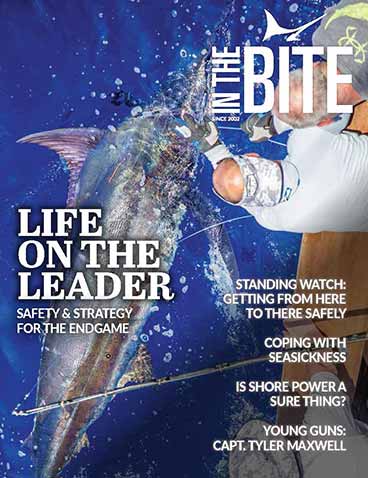Escape Plan: Adventure Awaits in Quepos, Costa Rica
They say a picture tells a thousand words. If "they" are correct, the photo of a traveling angler with grin from ear to ear aboard The Hooker releasing blue marlin under the watchful eye of Capt. Skip Smith speaks volumes. It an exotic image like this snapped off the beaten










